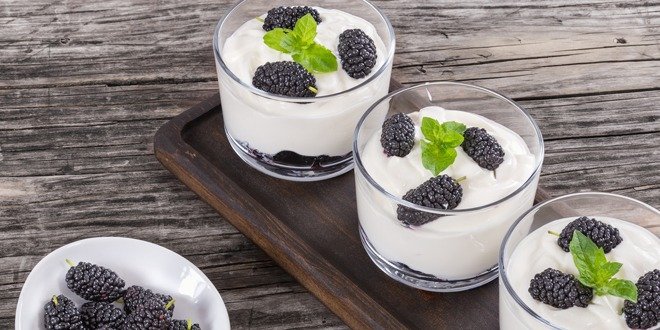
The mighty salad is often associated with clean, healthy eating, and with the right ingredients can pack a punch in health benefits. Making diabetes-friendly salads that won’t bump up your blood sugars, however, requires some key considerations. Here are 10 tips to keep in mind for diabetes-friendly salads that offer flexibility and a variety of options.
1. Experiment with different greens: Iceberg and other pale lettuces are filled primarily with water so opt for more nutrient-dense darker or redder greens, such as romaine, spinach, arugula, or kale. Try this tasty take on a Deconstructed Caesar salad or this Green goddess salad.
2. Add low-carb vegetables: Raw vegetables are perfect for adding some crunch, colour and fibre to a boring salad. Be sure to choose lower-carb vegetables such as bell peppers, zucchini, pea pods and broccoli that won’t spike your blood sugars. Don’t forget about roasted vegetables either. Roasting fibre-filled veggies like cauliflower, sweet potato and brussels sprouts brings out different flavours and textures that can make a great addition to standard greens. Roasted vegetables can also play the starring role like this sheet pan beet salad.
3. Add protein: Adding protein to a salad will not only boost flavour but will keep you fuller longer. Proteins help your body digest carbohydrates more slowly and keep your energy up too. Stick to lean meats such as skinless chicken breast or turkey, or try adding legumes, hardboiled eggs, tuna or salmon. Lower-fat cheeses, such as light cheddar, mozzarella or feta are other good options for a protein bump.
4. Avoid high-carb toppings: Don’t be tempted to top a healthy salad with tortilla chips, croutons or other high-carb additions. These may be tasty, but they’ll send your blood sugar levels out of whack. If you’re really craving a bit of crunch, try making your own chips by slicing whole wheat tortillas or pita, brushing them with olive oil and baking for 10 minutes at 350 degrees. Remember to watch the portion size you are adding!
5. The health benefits of seeds: Seeds are a highly nutritious addition to a diabetes-friendly salad. About two tablespoons (28 grams) of pumpkin seeds, for example, contain 20% of your daily zinc requirement, plus 5 grams of protein. The same serving of chia seeds contains 11 grams of fibre and hefty amounts of calcium and magnesium. Here’s a Fall simple salad with pears and seeds.
6. Make your own salad dressing: Swap high-fat, calorie-rich store-bought dressing with a simple homemade version. Use heart-healthy olive oil and go heavy on the vinegar or lemon and lime, which is high in vitamin C. For a creamier dressing try Greek yogurt like this recipe for Burger salad with spicy yogurt dressing.
7. Healthy grains: Grains like quinoa, farro and millet are rich in fibre and protein making them a healthy choice for salads. Plus, grain-based salads often taste better the longer they sit so they’re ideal for next-day lunches too. Check out this Black bean and quinoa salad.
8. Fruits to consider: Fruit can make a delicious topping or full-on salad that’s packed with vitamins and minerals. Just be wary of adding dried fruits which are often made with added sugar and oil. Antioxidant-rich fresh strawberries, blackberries, blueberries and pomegranate are all great salad additions to help keep your blood sugar in check. Here’s a scrumptious Grilled peach salad to try with mixed greens.
9. Use leftovers when available: Put those leftovers to good use and reduce food waste by adding them to your next salad recipe. Beyond roasted vegetables and lean meats, consider adding leftover brown rice or shrimp.
10. Add healthy canned options: Don’t forget about foods in your pantry for nutritious salad additions. Canned lentils, beans and other legumes, along with canned tuna or salmon packed in water, are all good options for a diabetes-friendly salad. Just be sure to rinse your beans in cold water to remove excess salt before adding. Here’s the Perfect chopped salad with canned chickpeas or try this salad in a jar for a quick lunch on the run.
Experimenting with healthy salad ingredients every week will not only boost your nutrient intake but may forever change your opinion of the typical (boring) salad. Just be mindful of using salad ingredients that will nourish your body instead of wreaking havoc on your blood sugars.




